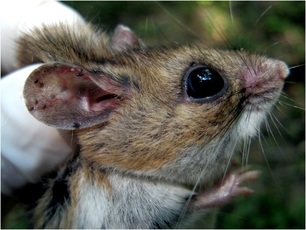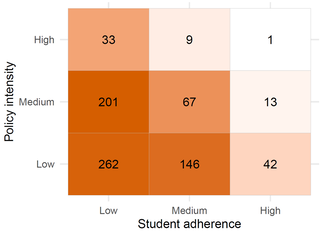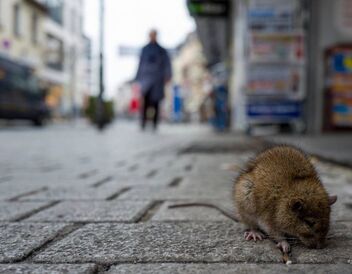Research in the Keesing Lab focuses on how ecological communities respond to changes in biological diversity, with a particular focus on how human risk of exposure to infectious diseases is affected by changes in the environment. We have studied how the loss of large mammals affects the ecology of African savannas, and how changes in the diversity and composition of ecological communities influence the transmission of pathogens, particularly tick-borne diseases in the eastern United States. Students in the lab are also involved with a number of other projects, including studies of the invasive plant garlic mustard (Alliaria petiolata), the non-target effects of the fungal pathogen Metarhizium anisopliae, and the distribution of mammals in response to land use in Dutchess County, New York. Recent projects in the lab are described briefly below.
Projects
Reducing tick-borne disease incidence
We have now completed our large-scale project testing whether two promising tick-reduction treatments can, either individually or in combination, reduce the actual number of human cases of Lyme and other tick-borne diseases. Collaborators: Rick Ostfeld, the CDC, the NYS Department of Health, and the Dutchess County Department of Health.
|
Modeling covid transmission at small colleges
With support from NSF, I recently worked with a team of faculty and undergraduates in math and computer science to model transmission of covid-19 at small colleges. A manuscript about our work is available at PLoS One.
Collaborators: Matt Junge, Nicole Eikmeier, Lily Wang, and a number of undergraduates. |
|
Biodiversity and infectious diseases
With support from NSF's OPUS program, I have written several review papers about the effects of biodiversity on infectious diseases. These papers explore the effects of biodiversity, and particularly biodiversity loss, on the emergence and transmission of zoonotic diseases, but also other diseases of animals and plants.
|
Wildlife and livestock in African savannas
With support from NSF, we have recently published our study about ecological interactions between livestock and wildlife, particularly how the presence of each group affects the abundance of ticks in the landscape, and the well-being of Kenyans. Collaborators: Brian Allan, Becky Chaplin-Kramer, Heather Tallis, Spencer Wood, Rick Ostfeld.
|




